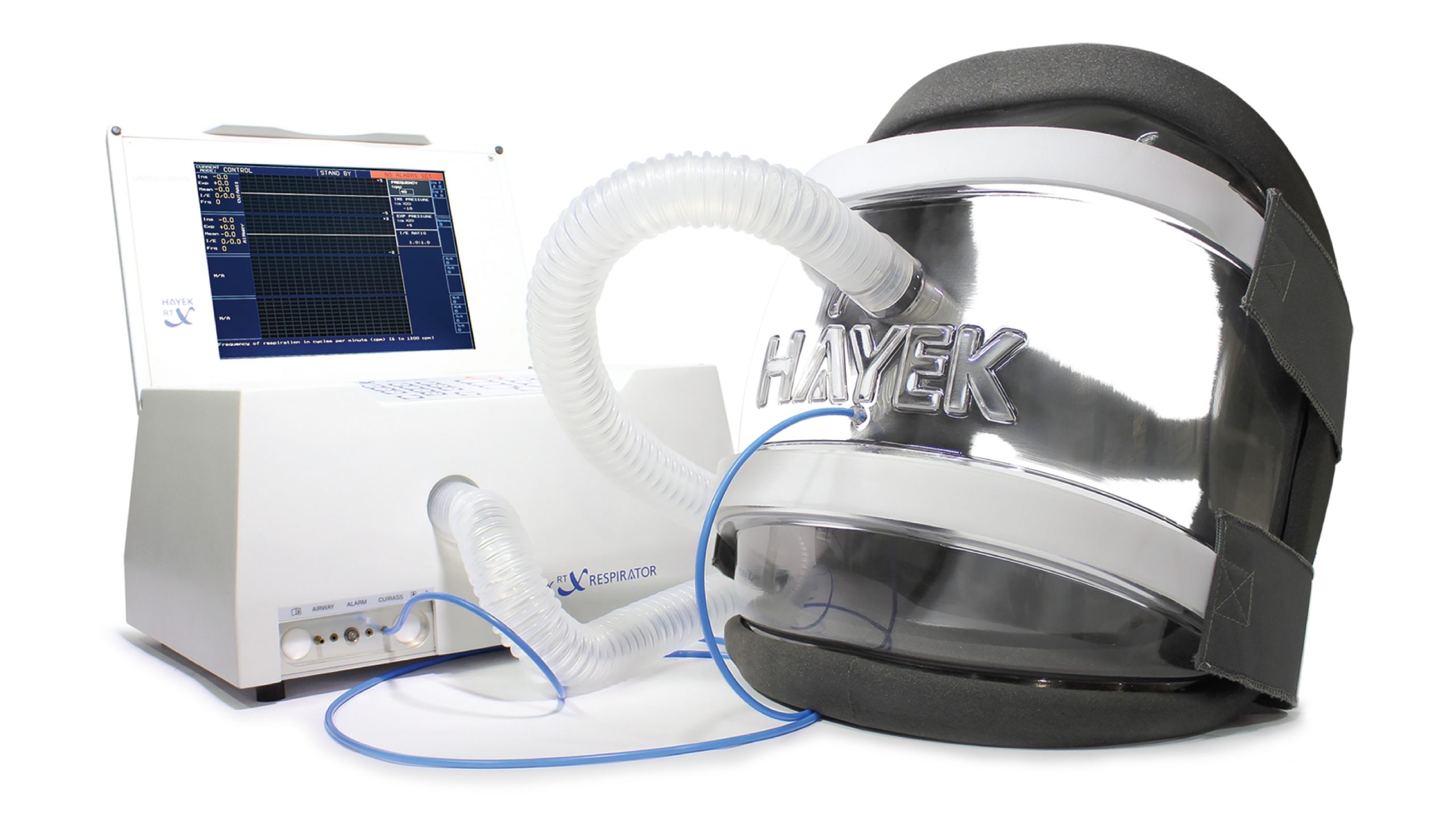Synchronized utilizes biphasic ventilation as well, however, the patient can control their rate and inspiratory time. Once they initiate a breath, the ventilator is triggered and is then able to provide the pressure support needed to expel carbon dioxide from the lungs.


